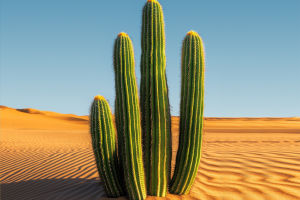Speaking of elegant birds, one must mention the red-crowned crane. Red-crowned cranes are found in northeast China, eastern Mongolia, North and South Korea, and Hokkaido in Japan.
Red-crowned cranes inhabit open plains, swamps, lakes, grasslands, beach flats, reeds, marshes and riverbank marshes, and sometimes farmland and cultivated land, especially during migration and winter.
Red-crowned cranes live in pairs or families and small groups. Migration season and winter, often by several or dozens of family groups into a larger group. Sometimes there are clusters as large as 40-50 individuals, or even more than 100 individuals. But the activity is still scattered into small groups or family groups in a certain area.
At night, they roost in the shallows around the water or near the reed pond. They roost separately from each other in family groups. When it is particularly cold, they live together. Feeding grounds and night perches are generally more fixed.
Usually, after dawn, families fly to the feeding grounds, keeping a distance from each other. At noon more concentrated on the beach rest, and constantly chirping. At night, they fly back to their night habitats or stay at their feeding grounds. Often stand on one leg during breaks.
Whether it is foraging or resting, there is always an adult bird that is particularly alert and constantly looks around. When it finds danger, it makes a call. When it calls, its head and neck are stretched straight up to the sky. When danger looms, take to the air. When flying, the head and feet are straight back and forth, and the wings flutter slowly.
Red-crowned cranes eat a variety of food, mainly fish, shrimp, aquatic insects, mollusks, tadpoles, silkworms, clams, snails, aquatic plant stems, leaves, roots, bulbs, and fruits, and so on.
The red-crowned crane needs a clean and open wetland environment as its habitat and is the most sensitive to changes in the wetland environment. Due to the increasing number of red-crowned cranes, their habitats have been transformed into farmland or cities. The presence of humans has disturbed the living environment of red-crowned cranes. The number of red-crowned cranes has been greatly reduced.
The inhabitants of East Asia use the red-crowned crane to symbolize happiness, auspiciousness, and longevity. It appears in the literature and artworks of various countries.
The top of the head of the red-crowned crane is red. There are abundant capillaries just below the top of its head, which are visible due to the lack of hair on the top, giving the top of its head a red color. The red color on the head of the red-crowned crane is generally found only on the top of the adult red-crowned crane and is not found in chicks or non-adult red-crowned cranes.
Interestingly, red-crowned cranes usually stand on one leg while resting with their legs tucked under their wings. This is because they mainly live in reed swamps, wetlands, and other relatively open areas, vulnerable to the attack of animals or natural enemies, standing on one leg is easy for it to take off. Moreover, the red-crowned crane not only sleeps standing on one leg but also rotates its feet during sleep to make it more comfortable.
It is also a good way to save energy expenditure, which helps regulate body temperature and conserve energy.
Of course, red-crowned cranes don't rest on one leg when they're young. Young red-crowned cranes usually lie down and rest. Gradually change to a one-legged stance as they grow. In addition to cranes, many long-legged birds, such as flamingos and herons, also stand on one foot while resting.


